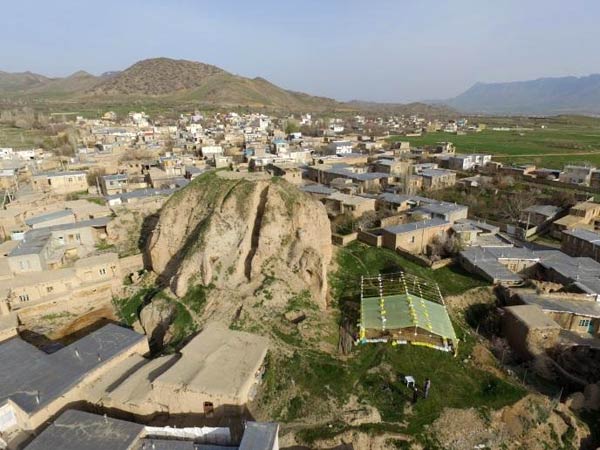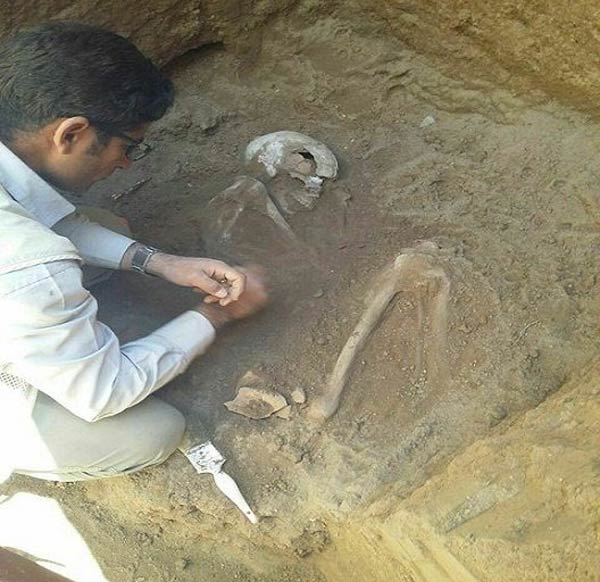The news item below was reported by the Archaeology News Network on September 18, 2016, based on a news release by Mehr News.
====================================================================
Excavations at an ancient hill in Shazand in Iran’s Central Province have found evidence of a settlement which dates back 8,000 years.
Ghafour Kaka, head of excavation expedition in the site of Sarsakhti Castle Hill in an eponymous village in Shazand said that the evidence found at the site included simple and adorned pottery, bone and stone tools, counting tools and animal figurines, human skeletons, spindle whorls and casting moulds.
“Our excavations reveal that the site had been settled at least 8,000 years ago (Neolithic Age). According to stratigraphic work carried out in 2012, the site was occupied in the Neolithic, Eneolithic, Bronze and Iron Ages, as well as in the Parthian, Ilkhanid, and Qajar periods. In the spring of 2016, our excavations sought to delve deeper into the oldest human settlement in this area and revealed important Eneolithic and Neolithic remains in a small trench of 6.4 metres. The last archaeological excavations go back to before the Revolution of 1979 and the lack of systematic dating methods had given rise to considerable confusion in the archaeological examination of this part of Zagros massif…”

The Sarsakhti Castle Hill in Shazand village, located in west-central Iran (Source:Mehr News).
Kaka further avers:
“The 3 metre deep deposit teeming with artefacts of the Neolithic Age is invaluable. Among the finds is a human skeleton, buried in a crouching or squatting position, which gives us important information about the burial practices during this period. The early inhabitants of this region clearly believed in an afterlife as the items buried with the deceased, which included tortoiseshell, as well as stone and bone tools, suggest“.

“Numerous clay animal figurines, mostly broken and fragmented, were also been found at the site and may have functioned as objects in rituals. It seems probable that the hill had long been settled in the Neolithic Age and had been connected to Central Zagros especially in the east of the mountain chain. The geographical position of the hill bestows a central position to the site where Zagros and the eastern half of the Iranian plateau meet, thus harbouring elements of both cultures.”



